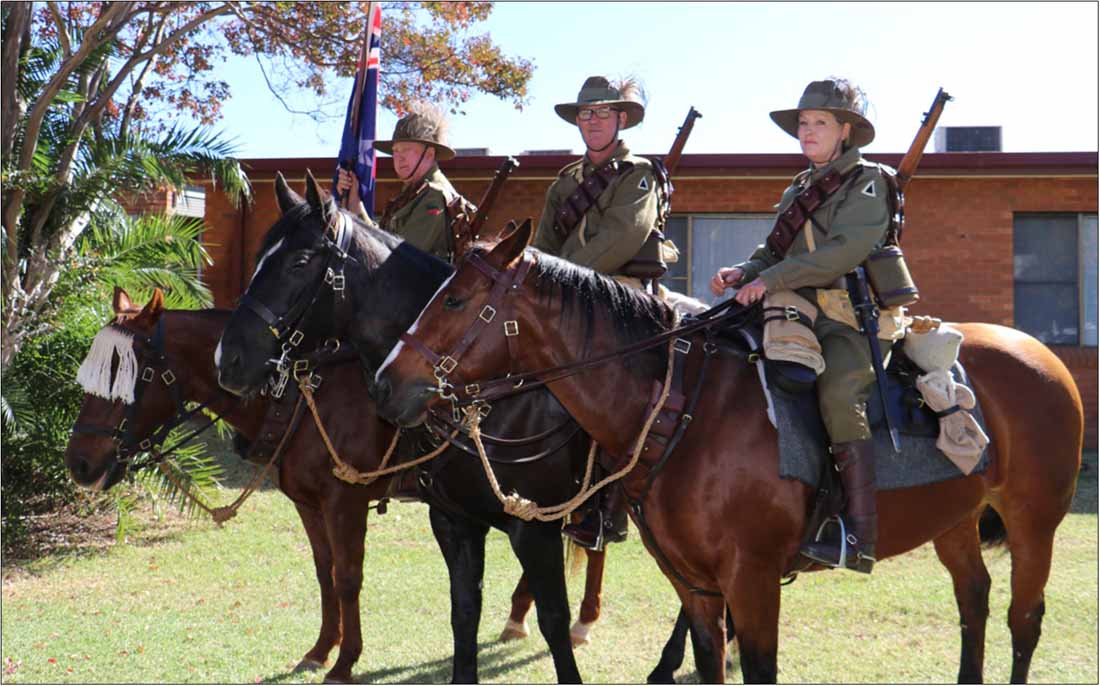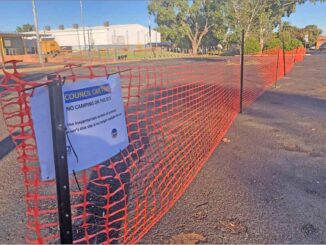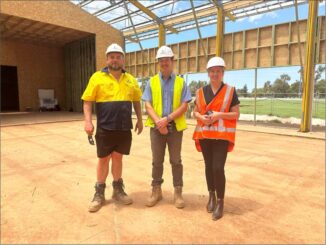
Three members of the Riverina Light Horse Troop had the honour of leading Cobar’s Anzac Day march in the main street yesterday.
Former Cobar resident Mick Davies, along with Deb Chaney and Mick Batchelor from the Riverina Light Horse Troop based in Wagga Wagga, and their mounts were dressed in replica Marching Out Kit according to the Light Horse manuals of the World War I period.
“That’s what they would go into the field of battle with,” Mick Batchelor explained.
“The horses, with the rider and all their gear, would need to carry on average about 130 kilograms.”
Mick, who’s been part of the troop since 2012, said during WWI the Australian Light Horse Brigade used stock horses from the outback, many of which were donated by Australian pastoralist and entrepreneur, Sir Sidney Kidman (the ‘Cattle King’).
They chose station-bred Walers and Quarter Horses which were tough and hardy and able to travel long distances on little water.
“They had to carry a lot of weight, over rough country, sandy country and they had to travel long distances.”
Mick and the other members of the Riverina Light Horse Troop dressed in replica uniforms, travel around the country attending Anzac Day services, rodeos, shows and other events to educate people about the Australian Light Horse Brigade.
Some of their gear is original, such as their 1916 saddles and standard issue 1914 WWI 303 rifles, while other items are replicated.
Among a Light Horseman’s gear were two bandoliers of 90 rounds of ammunition (one worn by the rider and the other around the horse’s neck), plus another 50 rounds worn on a belt by the rider.
Among their items, they would also have a bed roll with a spare blanket (and maybe a spare shirt) and waterproof under sheet (that could double as a body bag), a great coat rolled up at the back, a haversack with a tin cup and cooking gear, spare horseshoes and nails, a curry comb to groom the horse, the horse’s nosebag and canvas waterbag, a water bottle, a change of underwear and sewing kit along with any personal possessions such as tobacco and family photos etc the rider had.
Mick said horse maintenance was very important and any soldier found not looking after his horse could be put on a charge.
“No horse and you’re walking,” Mick explained.
“They looked after them well and that’s what helped to create such a good bond.”


